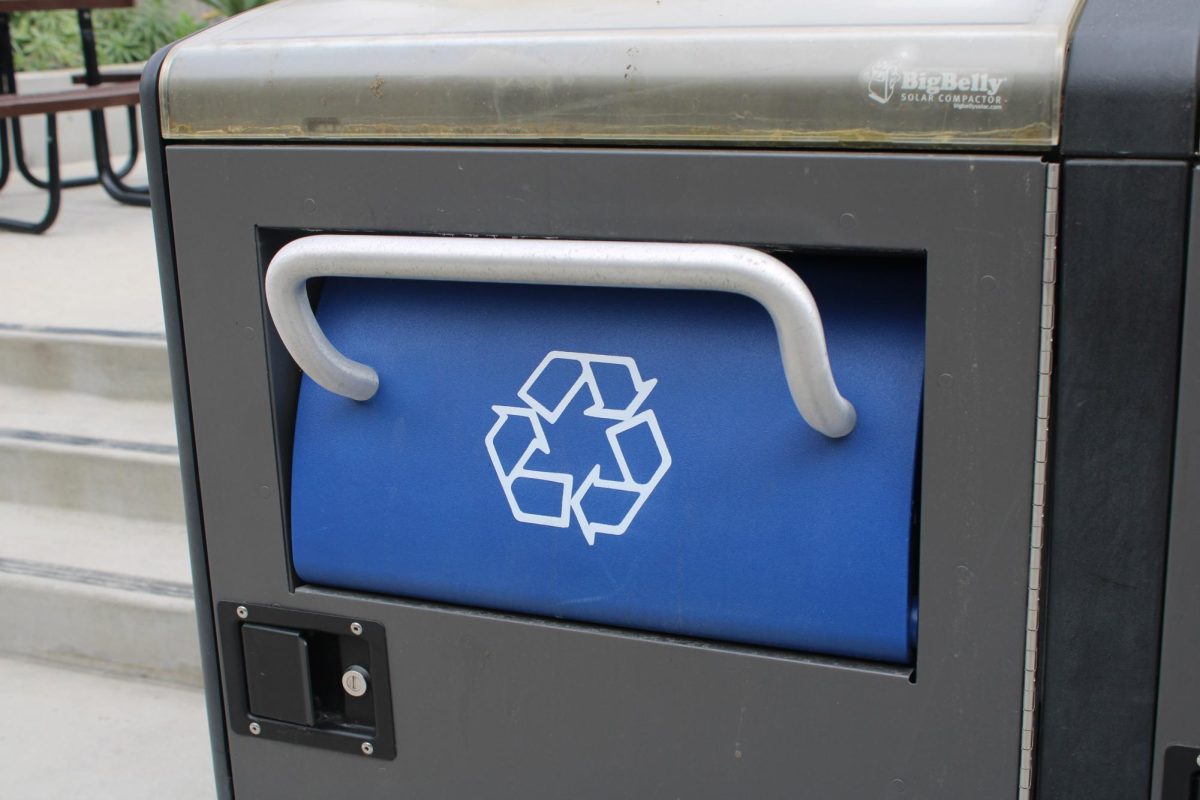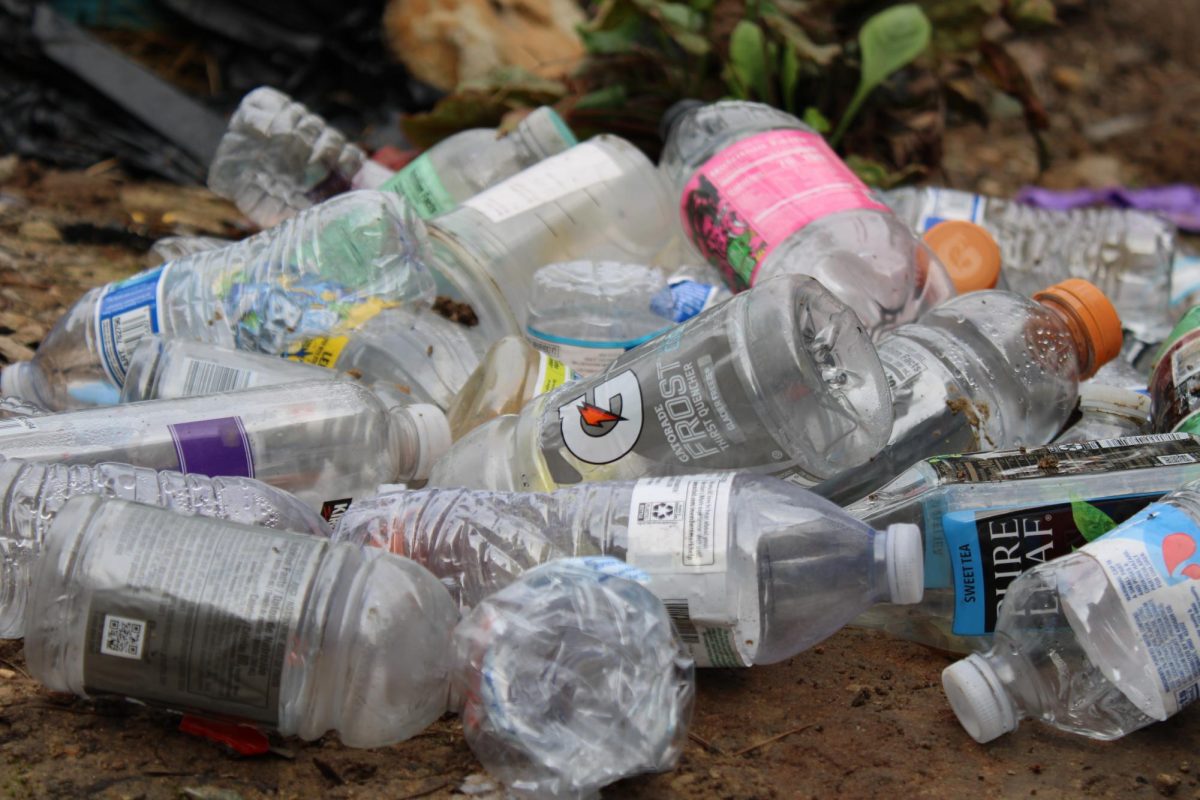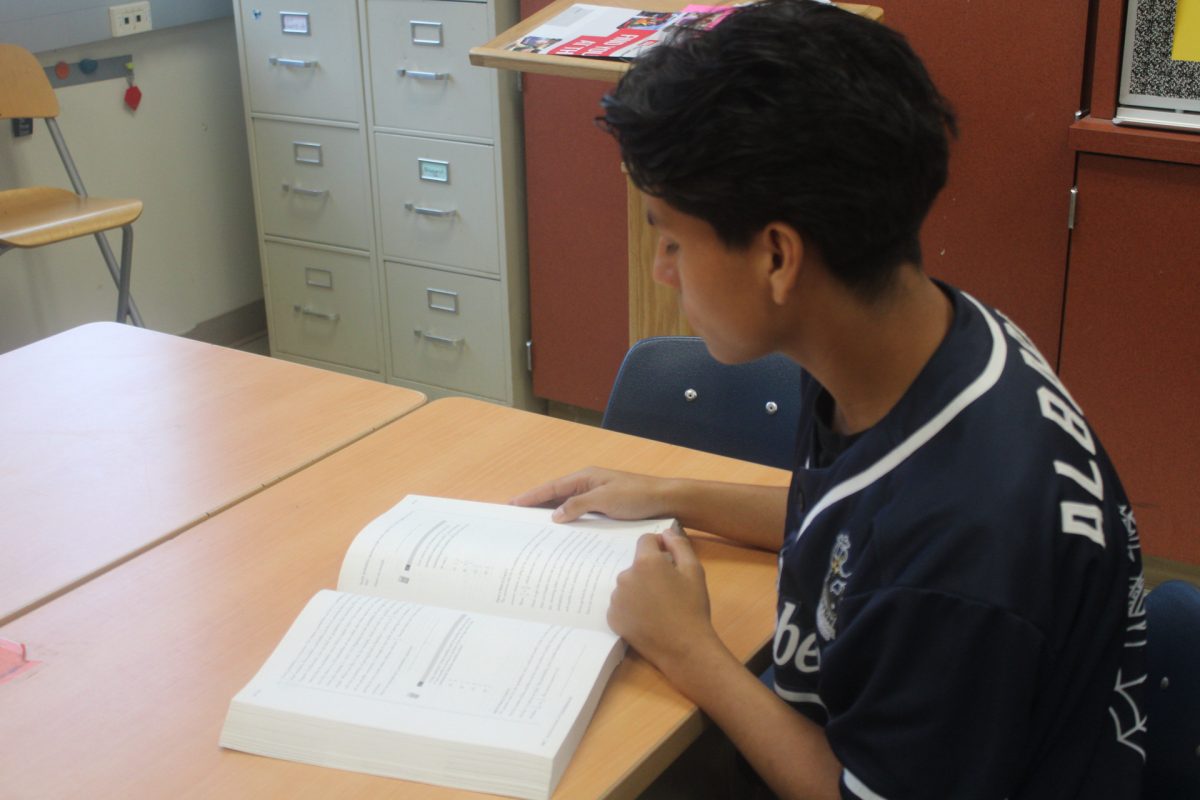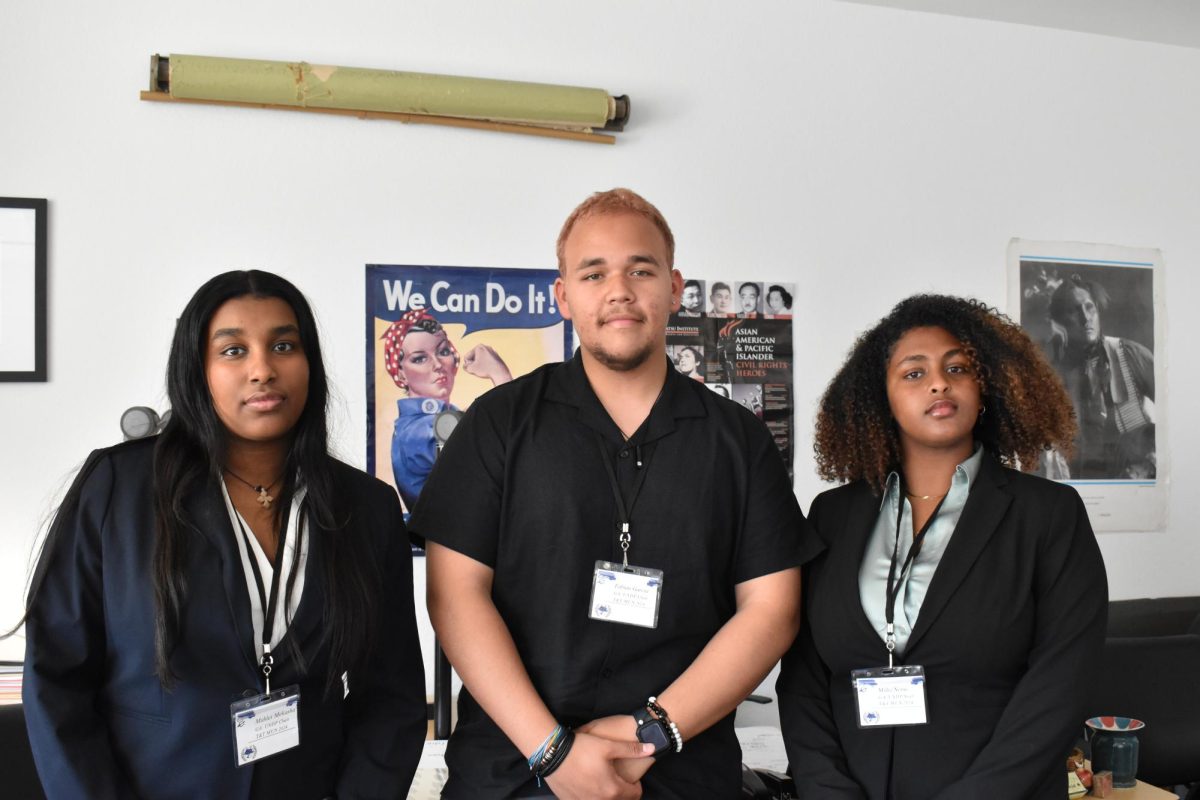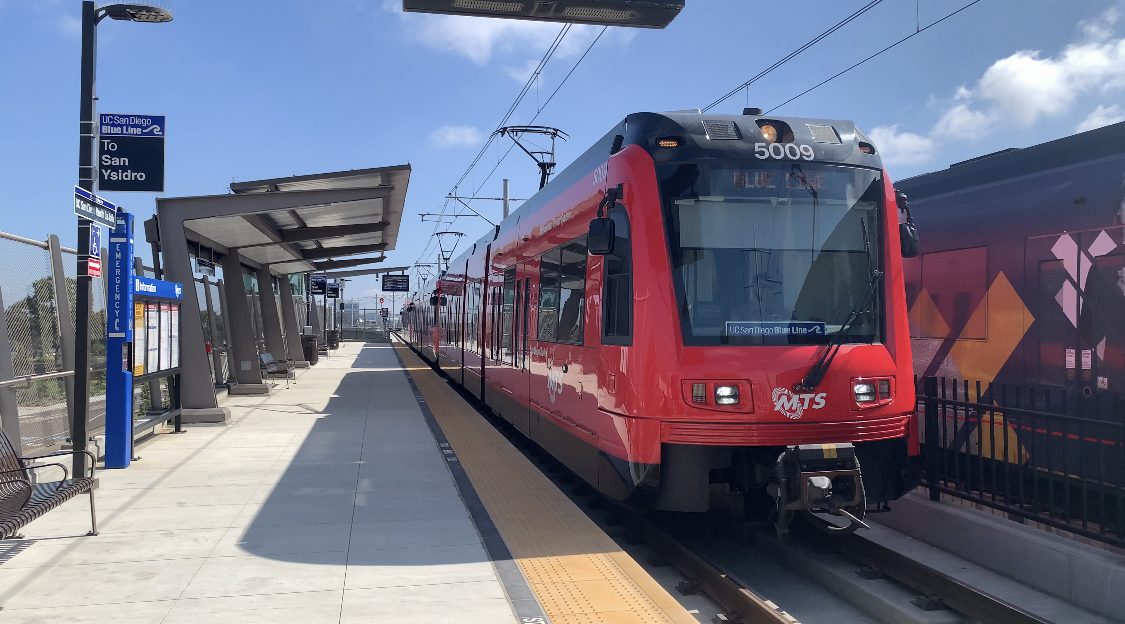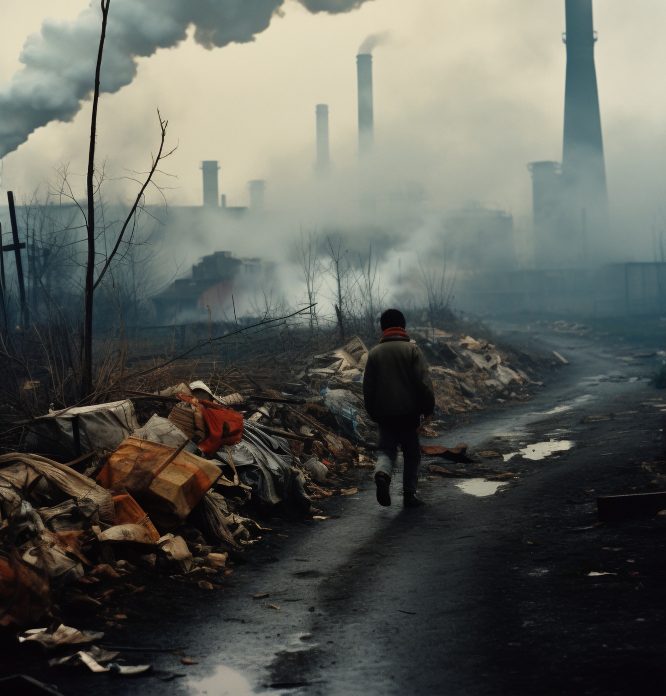The topic that most people associate with recycling is recycling plastics. However, there are many different and unique types of recycling. These types include composting, plastic recycling, metallic recycling, electronic recycling, paper recycli-ng, and glass that fall under the category of recycling. More often than not, items that can be recycled end up in the garbage. The idea of throwing everything into the garbage can is something that needs to be changed. The fact is, everyone can do more to help lessen their amount of garbage. But more importantly, the Federal Government needs to create a stronger recycling system than the current weak and fractured recycling system.
The USA produces around 268 million tons of trash each year and of that 268 million tons of trash, around 139.6 million tons of trash go to landfills. That is around 52% of the trash that we produce that goes to landfills. Three of the major components of the trash are food, plastic, and paper that can all be recycled. Each of these materials can be recycled through composting, plastic, recycling, and paper recycling. But they take up 54.2% of the trash that is taken to landfills.
The composting problem has been solved for California due to the mandatory composting created by the SB 1383 law. This law provided green trash bins to the community where they have to compost their food waste, paper contaminated with food, yard trimming and non-hazardous wood.
The paper problem is easily solved by the blue recycling bin. It was a large problem due to the amount of paper waste being 85 million per year. It is around 32% of the waste created in the USA. Of that waste 68% of it is recycled. It is around 58.32 million tons of paper recycled. Paper recycling is one of the best recycled materials. However the blue recycling paper also recycles plastic, cardboard, cans, bottles, and aluminum.
The state governments worked to help lessen the plastic problem using the blue bin for plastic disposal in the 1980s. The plastic was then transferred to China in which they sorted, disposed, and recycled the plastic. However, in 2018, China stopped accepting waste with a contamination of 0.05%. This amplified the garbage problem in the USA due to the fact that around 25% of the recyclable items are contaminated and absolutely destroying the US garbage system. The contamination leads to most of the contaminated recyclable materials being sent to the landfill when it could have been recycled leading to overfilling.
The National Recycling Coalition tried to stop the contamination with the green bin which is for any food and plant waste. This waste is composted and used for fertilizer. This bin separates the common waste produced by the country to three separate garbage cans: The garbage that goes straight to the landfill, the recyclables, and the compostables. This is a major improvement due to the fact that the contamination in each of the disposed materials is lessened.
The only major significant problem is actually knowing what is actually recyclable. This is due to the fact that there are exaggerated amounts of unique plastic types and some of the types of plastic labeled with recyclables are in fact not recyclable in the U.S.A., but are recyclable in other countries. An example of this is the #3 plastic, PVC, which has the label recyclable but is usually incinerated or exported to other countries. And not easily recycled in the country of USA.
The confusion regarding what can be recycled should be fixed by educating people and by having the Federal Government pass one law about recycling instead of having conflicting regulations passed by each state government. Each state’s unique ideas of recycling conflicts and worsens the entire country’s recycling system. The only true obstacle with recycling is that the federal government has not actually passed a law on the topic, which has led to significant problems with the waste and resource system in the US.



